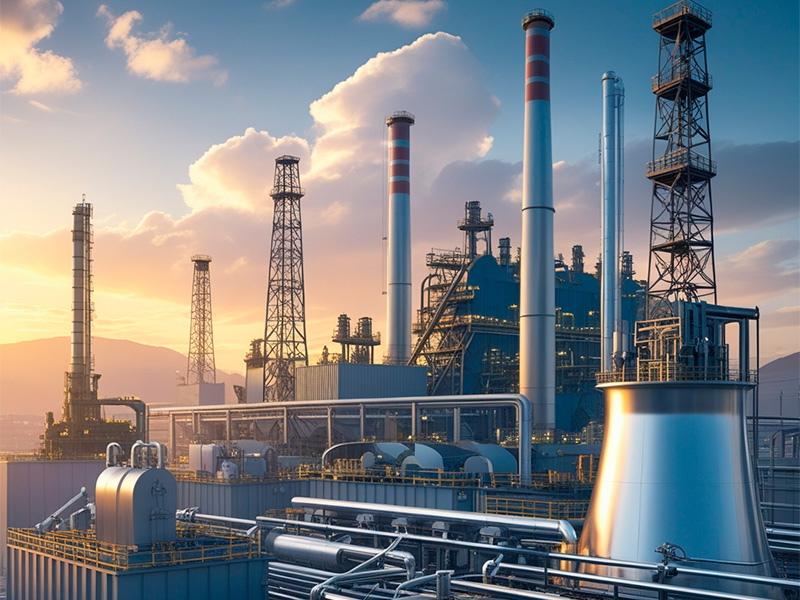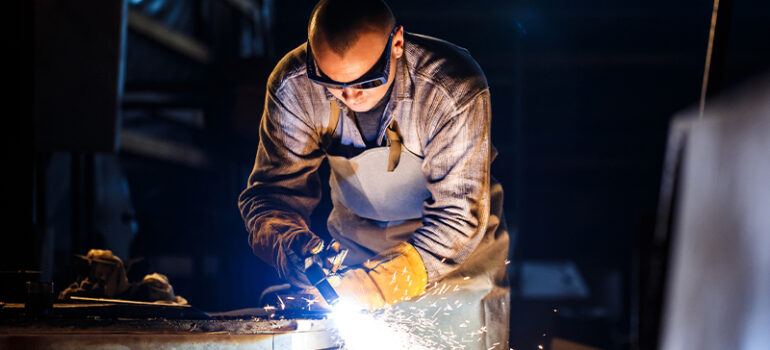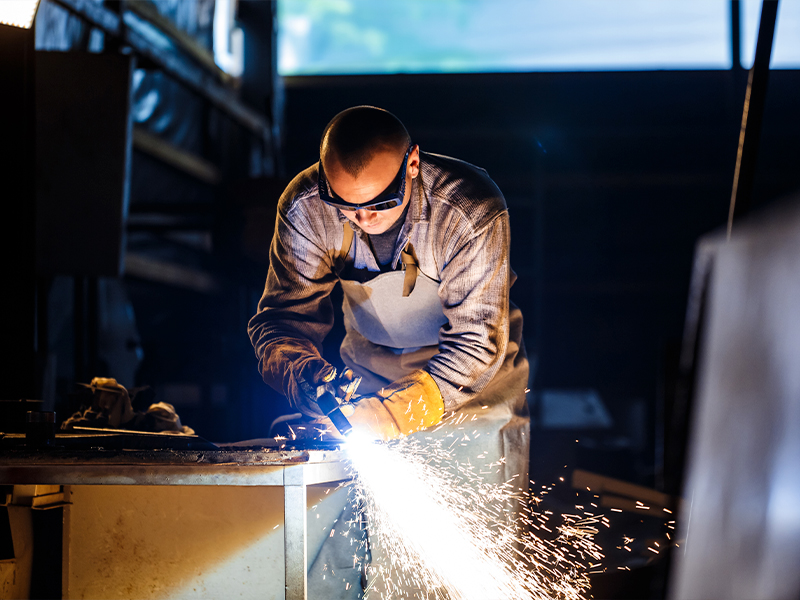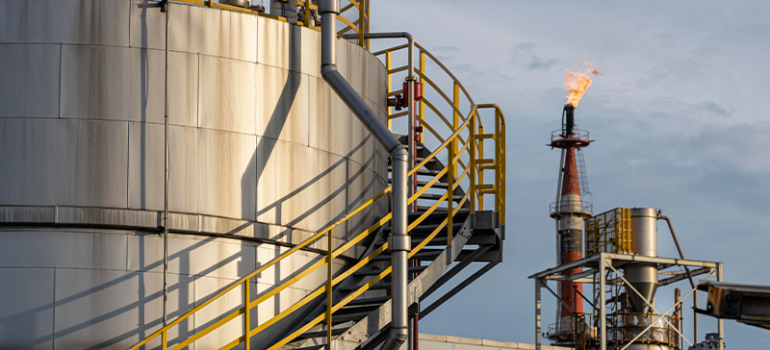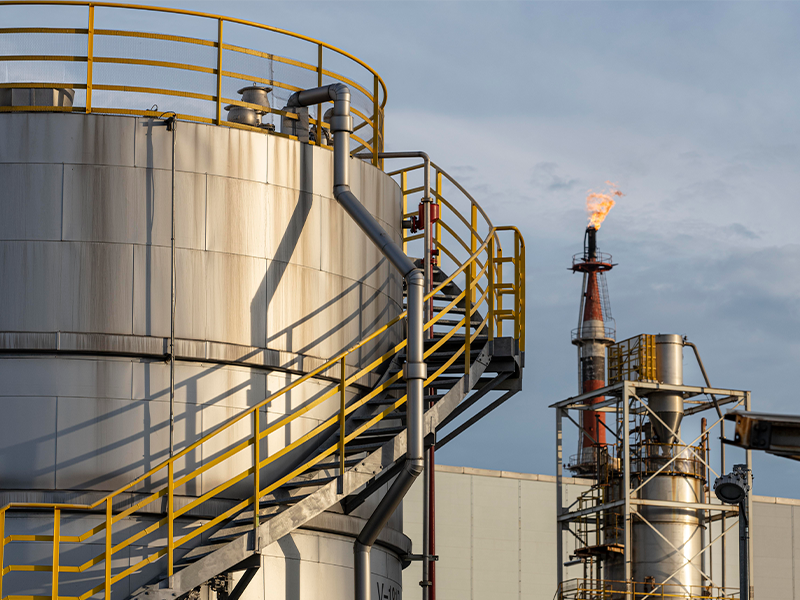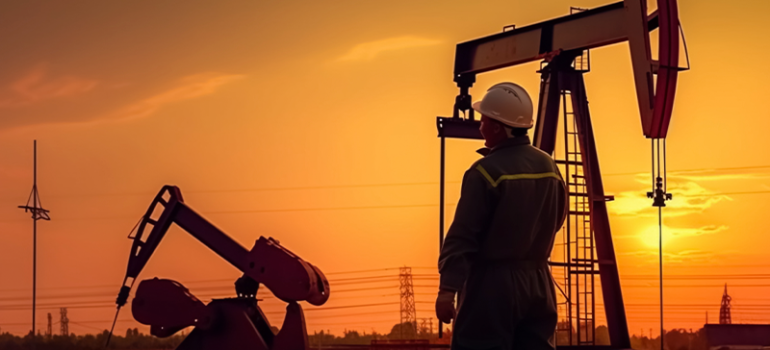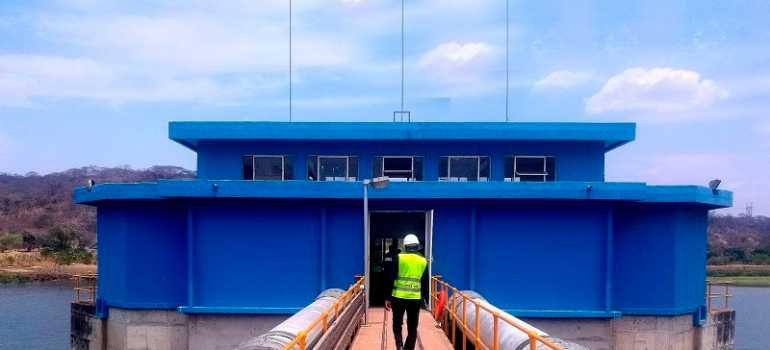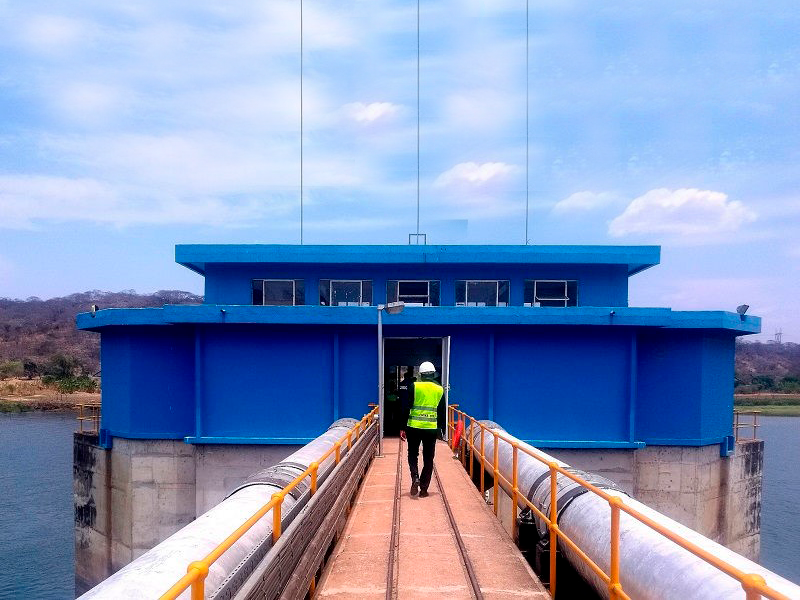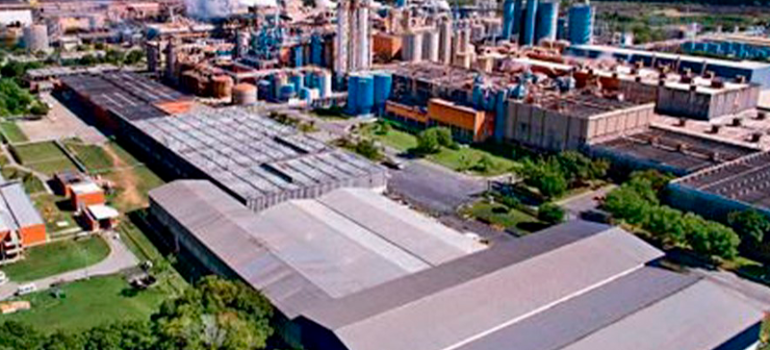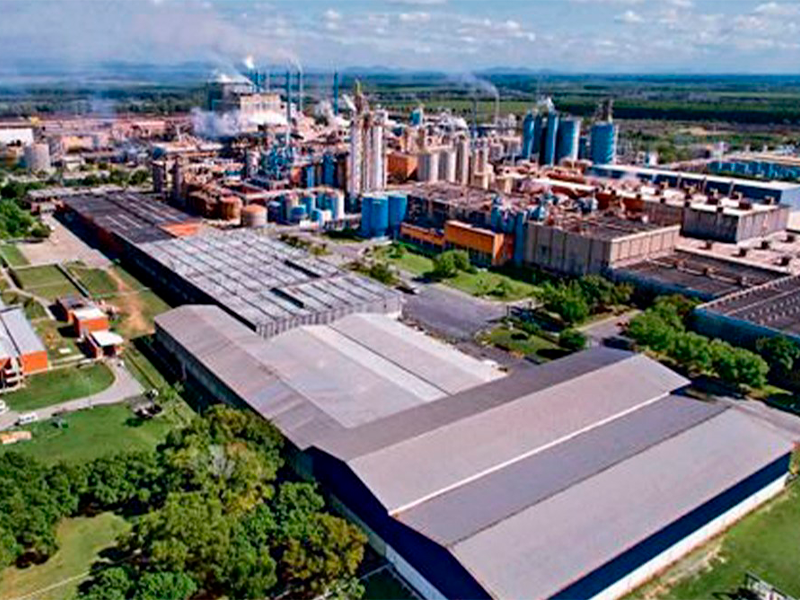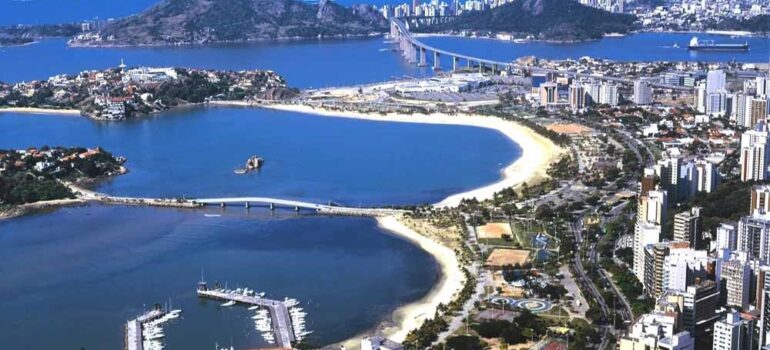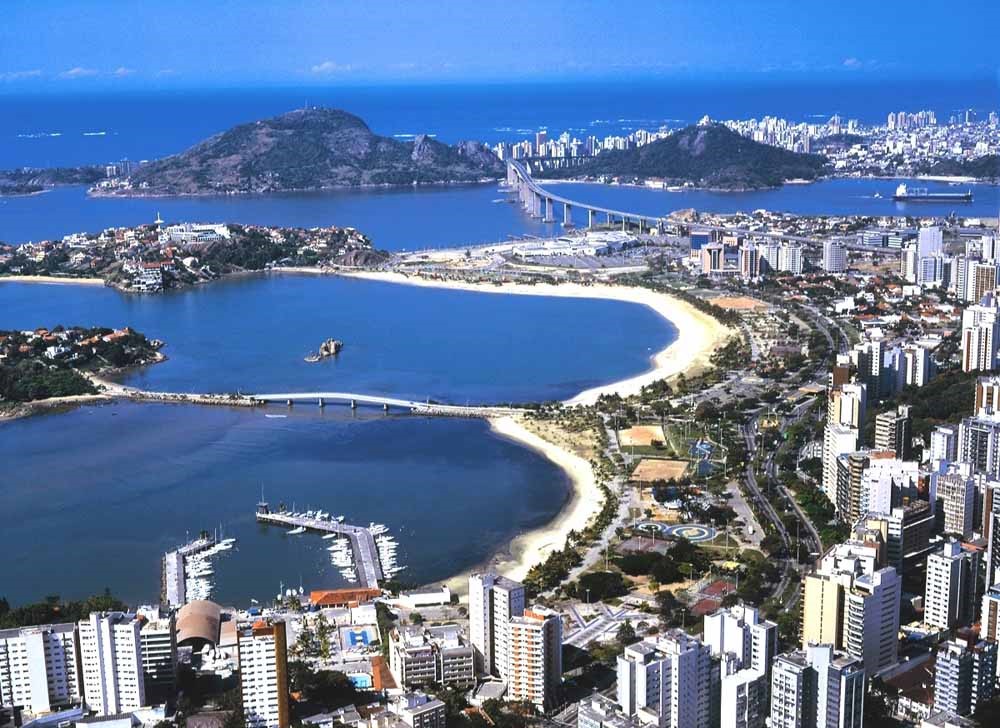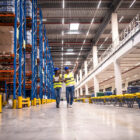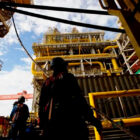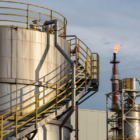In the 70s and 80s, when large pulp, steel and mining projects were implemented in the state of Espírito Santo, supplies of goods and services came from other states and countries.
Housing for more than 20,000 workers was built, leaving pockets of poverty in the state due to young women from the outskirts who became pregnant by employees of the companies that provided services and returned to their hometowns.
In the early 1990s, taking advantage of the entry into force of the 1988 constitution, which began to treat the environment in the broadest sense, not only the aspects of air, water, waste, fauna and flora, but also socioeconomic issues, a group of businesspeople from the state, associated with CDMEC, SINDIFER, SINDUSCON and SINDICOPES met, participated in public hearings for the expansion and/or implementation of new industrial units, requesting the inclusion in the licensing conditions that opportunities be given to companies and workers in the state.
The State Secretariat for the Environment accepted the request and created committees to monitor these conditions, with the participation of investors and suppliers.
At the same time, the class entities, with the support of FINDES, Sebrae and the state government, carried out a diagnosis of the situation, verified the deficiencies, structured themselves, trained managers and workers and certified the companies' processes.
It is worth highlighting the support received from Suzano, at the time Aracruz Celulose, which was modernizing factories A and B and starting the construction of factory C, believing in the structure of the work, initially called Enhancing Local Supply, promoted meetings between Espírito Santo suppliers and technology holders from Finland, Sweden, among others.
Following Vale, which was building the 7th pellet plant, KOBRASCO, verifying the gains it would have with local participation, began visiting suppliers, opening up a range of opportunities that were met.
ArcelorMittal Tubarão, then known as CST, was building its second blast furnace and its first LTQ hot strip mill. It also saw the value of partnerships between technology holders and local suppliers. In this way, it promoted integration, enabling visits to competitors in England, Austria, Germany and Italy.
During the construction of the 2nd Pellet Plant, Samarco began an integration process with state suppliers, which was consolidated during the construction of the 3rd and 4th units, when it provided a trip for local suppliers to China to learn about what could be worked on together.
On that occasion the project was consolidated and became known as Supplier Development Program (PDF), being published in 2009, with the support of Sebrae, a book of my authorship, which I am very proud of. Today it is called the Espírito Santo Suppliers Program (PDF ES).
No período de 2005 a 2010 a Petrobrás, com a entrada da produção offshore in the state, which became the 2nd largest producer of oil and gas in the country, it leveraged new business for the supply chain.
As a result of all this effort, there was an increase in supply to large companies in the state, rising from 8% in the early 1990s to 60% in 2020.
Companies in the basic industry, comprising the sectors of equipment manufacturing, structures, boilermaking, mechanical components, civil construction, engineering and project management, services and trade for industry, have revenues exceeding R$6.0 billion/year, 58% of which come from supplies made to other states.
O PIB per capta of the state went from R$ 2.6 thousand, in 1990, to R$ 34.0 thousand, in 2020, showing the importance of Espírito Santo's basic industry for the growth of our economy.
Added to all this is the recognition from customers for the work carried out by suppliers and workers from Espírito Santo in different projects being implemented in Brazil.
The result achieved was due to the union of everyone: suppliers, professional associations and government, always working with a focus on competitiveness, with training and adoption of modern technologies. The road is long, but together, PDF will go further.
